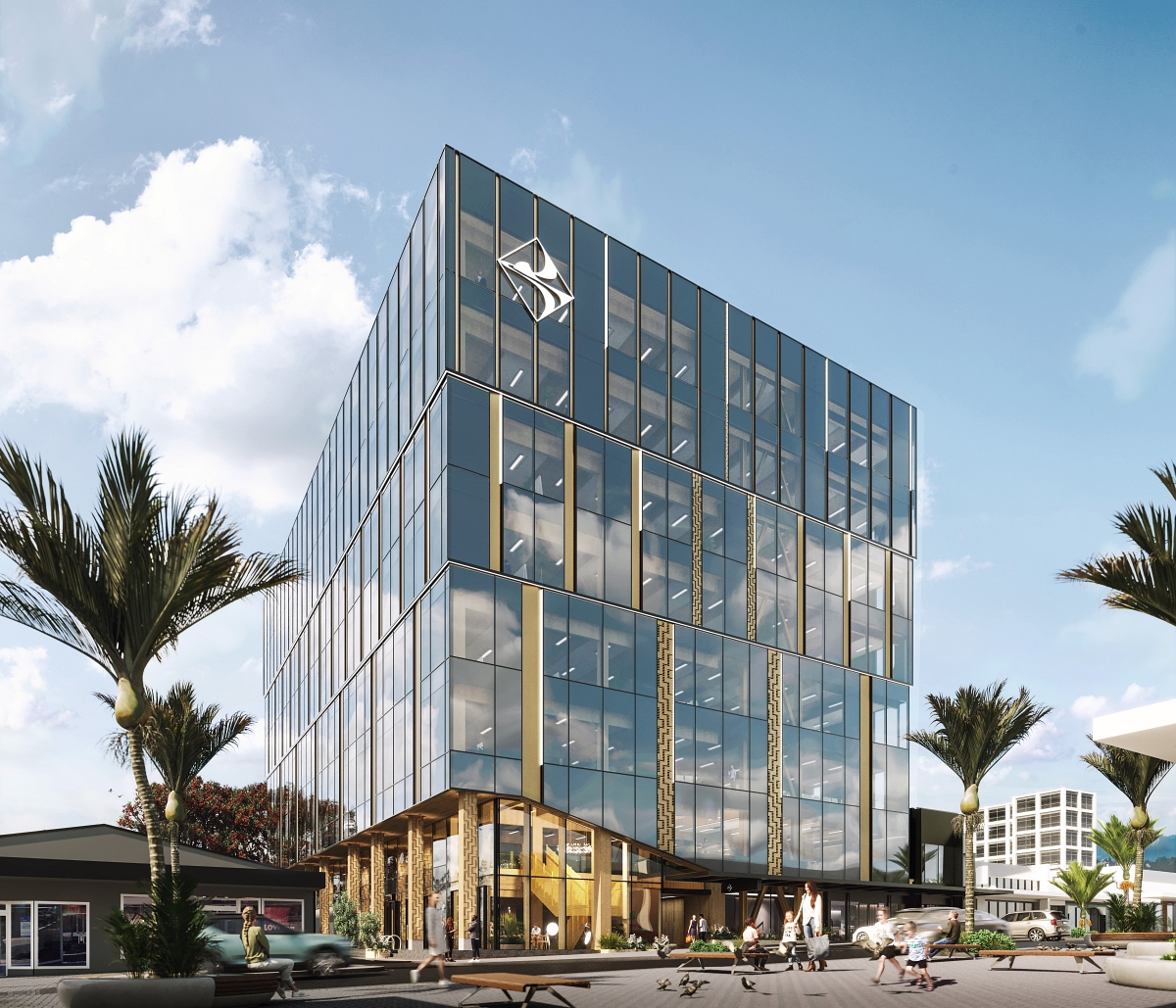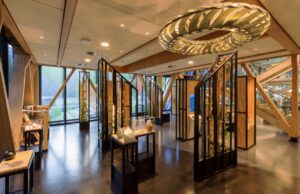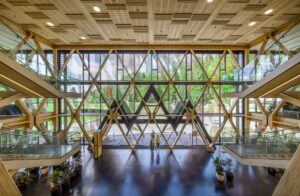
By Andrew Eagles
Chief Executive, New Zealand Green Building Council
We spend our lives roaming from building to building – home, the office, the supermarket, the dentist, the cinema, the local shops. The amount of time we spend indoors is remarkable. What’s even more remarkable is how these spaces impact our outdoors.

How we design, build and use our buildings contributes up to 20% of the country’s emissions. With the effects of climate change increasingly apparent, and the time we have to mitigate global warming ever shrinking, there’s a growing demand for everyone to do their part.
We’ve traditionally valued form over function, function over future. Now we’re seeing a shift. An industry waking up to its impact, and a society increasingly demanding homes and buildings that not only allow them to thrive, but the planet to as well.
Savvy businesses are already tapping into this, attracting employees with attractive, high-performing offices, saving money on electricity bills through efficient systems, and leveraging sustainability credentials like Green Star to access green bonds and discounted finance.
Te Whare Nui o Tuteata, Scion’s innovation hub is a leading example of a low-carbon building.
More companies are embedding sustainability in procurement, asset management, and day to day operations. Crucially, they’re getting ahead of the curve, minimising the risk of stranded assets, and using their buildings to meet ESG requirements and prove climate commitments to investors.
There’s so much we can be doing, and there’s a raft of pioneers doing the mahi already. The Bay of Plenty has got some groundbreaking buildings, most of which are making the most of the vast timber resources in your backyard. There’s Te Iwi o Tūhoe’s Te Uru Taumatua which was built targeting the Living Building Challenge, as well as the award winning Scion main campus in Rotorua; Te Whare Nui o Tuteata.
Three developments in the Priority One Tauranga CBD Blueprint are targeting world-leading 6 Green Star ratings; including Tauranga City Council’s new office building which is set to be Aotearoa’s largest mass timber office.
“The Bay of Plenty has got some groundbreaking buildings, most of which are making the most of the vast timber resources in your backyard.”
Alongside these new builds, there are leading businesses in Tauranga benchmarking the energy used in their offices with NABERSNZ ratings, helping take stock and optimise ongoing performance and reduce pollution.
All these building owners have been ambitious and share a vision for a better future. Vitally, they’re proving we can do it. We can embed sustainable materials, better insulation, acoustics, use of natural light, and more efficient heating and cooling systems.
We can reduce our energy and water use, empower occupants to cycle, create less waste, and use less electricity. All this while creating healthy, comfortable, and productive spaces that don’t cost the earth.
This last year we’ve seen the highest ever levels of interest and ambition when it comes to green buildings – a great indication of the market meeting growing demand from investors, tenants and employees for high performing, efficient, healthy workplaces.
As we dive into a new financial year, I’d encourage you to look at your projects and existing buildings with the future in mind. Looking after what’s indoors helps protect the great New Zealand outdoors.




